How the Rag-tag Circus begged, borrowed, and stole vehicles in its drive across Germany
- By We Are the Mighty
Share This Article
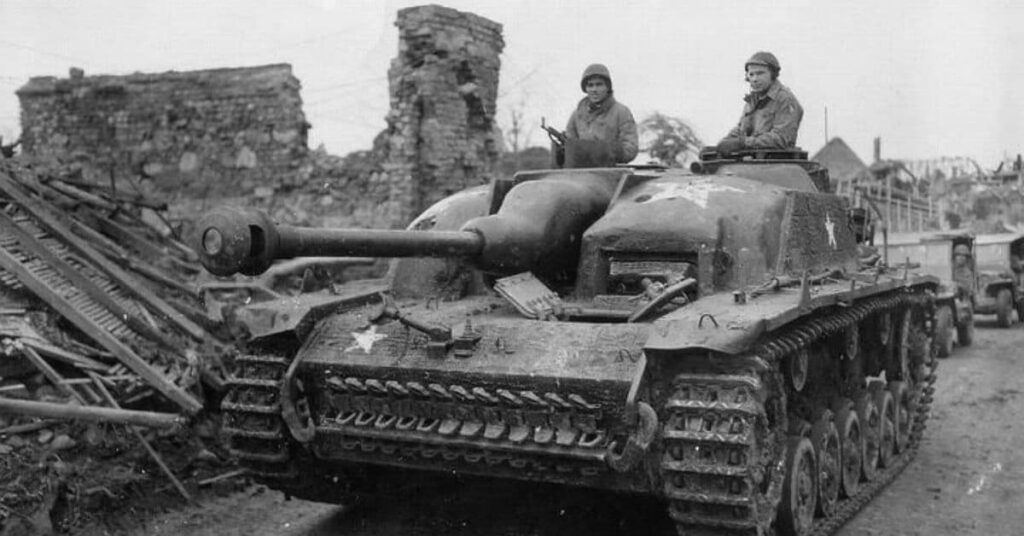
This article by James Elphick was originally published by We Are the Mighty.
The 83rd Infantry Division, nicknamed Thunderbolt, first entered combat in Normandy in late June 1944. Generally fighting as part of Patton’s Third Army, they were involved in major combat across Northern France and Europe.
Their first action was as a part of Operation Cobra to breakout of the Normandy hedgerows. They then fought against stiff resistance until they finally entered Germany.

This is where the 83rd would come to notoriety as the “Rag-tag Circus.”
Once American forces crossed the Rhine in March 1945, it became an all-out sprint for Berlin with the fast-moving Armored Divisions of the 12th Army Group leading the way.
But the 83rd was a light division with very little in the way of organic transportation assets.
According to the After Action Report of the 329th Infantry Regiment, the Rag-tag Circus was born of necessity when the regiment’s ten non-organic trucks were detached for other duties. As the battalion commanders protested, word came down from the division commander, “utilize to the fullest extent the captured German transportation they had in their possession.”

The 83rd took the idea and ran with it.
Any German vehicle they could get their hands on got a coat of OD green paint and some white stars and was pressed into service.
They commandeered all manner of vehicles: trucks, staff cars, motorcycles, buses, German tanks, and even a Messerschmitt BF 109 was confiscated and piloted by a member of the division.
One of the more famous vehicles pressed into service was a German fire truck. Loaded with infantrymen, it proudly displayed a banner with the division’s intentions, Next Stop: Berlin.
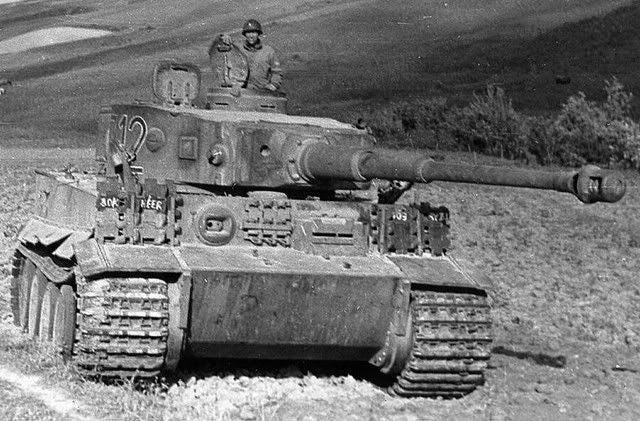
These commandeered vehicles complemented the already-taxed vehicles the 83rd had. Pushing the limits of reason, tanks carried more than 30 troops on top while jeeps, with and without trailers, were carrying more than a dozen.
Men were packed on so tight that the assistant division commander quipped, “it looked like the men were sprayed on the tanks.”
But this motley crew of vehicles and men that made up the Rag-tag Circus wasn’t the only amazing thing about the 83rd Infantry Division’s drive across Germany.
The Rag-tag Circus had the Germans on the run and was moving at a blistering pace. Pockets of German resistance were quickly overcome and the division moved on.
Oftentimes, division headquarters would displace forward as much as five times per day. The grunts on the ground almost never stopped.
They moved so fast that the lead elements of regiments were often moving out of the other side of a town before the Germans had even had a chance to retreat.

This led to some rather comical instances.
As the Rag-tag Circus sped east through yet another town, an erratic driver entered their column. The vehicle was just another German staff car like so many others in the convoy and since speed was the order of the day, it might not have otherwise drawn much attention. But the erratic driving and continual horn-honking alerted some of the GIs. PFC David Webster took a closer look as the car sped by his vehicle and noticed there was something different about this German car – it still had Germans in it. In fact, sitting in the rear was a Wehrmacht General who was oblivious to the fact that the column he was speeding through was actually American — not German. The GIs stepped on the gas and blocked the path of the Germans, leading to the capture of a German general by almost sheer luck.
In another instance, the Rag-tag Circus was simply travelling so fast that they overtook a column of German vehicles attempting to retreat to the east. This time, the 83rd bagged themselves a German Colonel to go with their prized General.
But those weren’t the only prisoners the 83rd took. In their fourteen day, 280-mile dash across Germany from the Rhine to the Elbe, they captured some 12,000 German POWs and 72 German towns. They also liberated over 75,000 Allied POWs from German camps and liberated a number of concentration camps as well.

The Rag-tag Circus was also the first unit to cross the Elbe River on April 13, 1945, securing a bridgehead after engineers built a treadway bridge across the river.
Despite Berlin being less than 50 miles away and German resistance virtual nonexistent, the 83rd was told to hold their position.
Although they were known as the Rag-tag Circus during their courageous run up to the Elbe, the division sought a more appropriate name to commemorate the achievement. The men of the division settled on “Thunderbolt,” which became the official division nickname.

The Elbe would end up being the closest the Americans would get to Berlin before the war ended and on April 25, 1945, elements of the 65th Infantry Division linked up with Russians advancing from the east.
Despite its heroic and record-breaking efforts, the 83rd was denied a Presidential Unit Citation. After occupation duty in German, the 83rd returned to the United States in March 1946 and was inactivated the following month.
Related Posts
Sandboxx News Merch
-

A-10 ‘Thunderbolt Power’ Framed Poster
$45.00 – $111.00 Select options This product has multiple variants. The options may be chosen on the product page -

‘Kinetic Diplomacy’ Coaster (1)
$7.00 Add to cart -

‘Sandboxx News’ Camo Trucker Hat
$29.00 Select options This product has multiple variants. The options may be chosen on the product page
We Are the Mighty
Related to: Military History
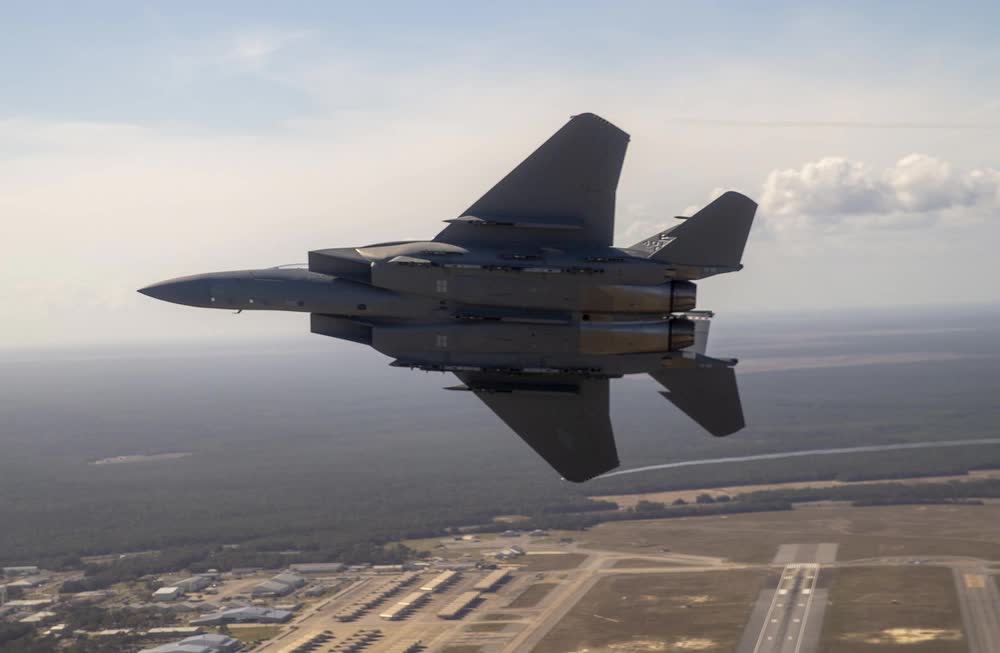
Video: The wild plans to use the F-15EX in the early days of a war
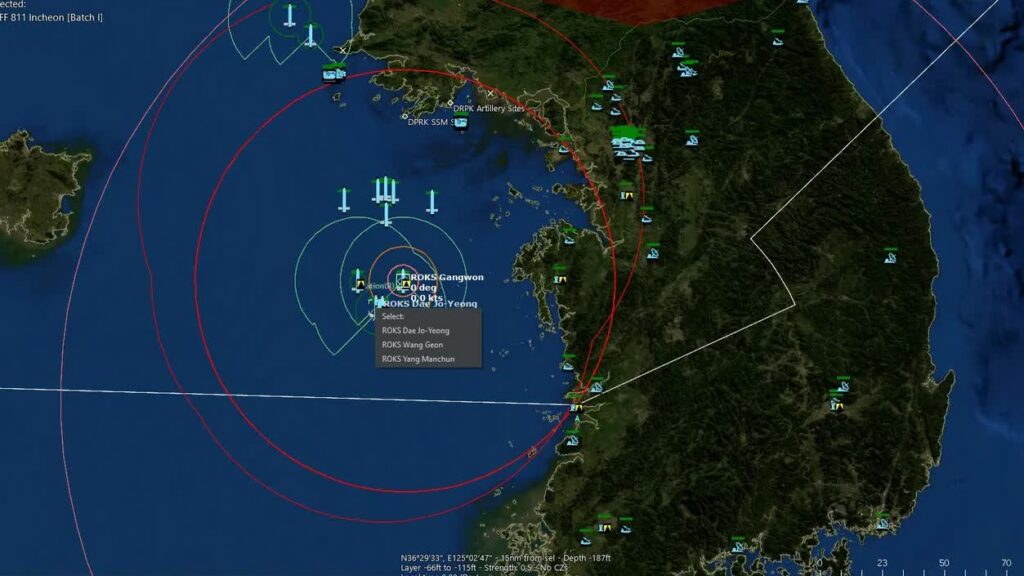
The Air Force is letting troops play a video game to prepare for global conflict
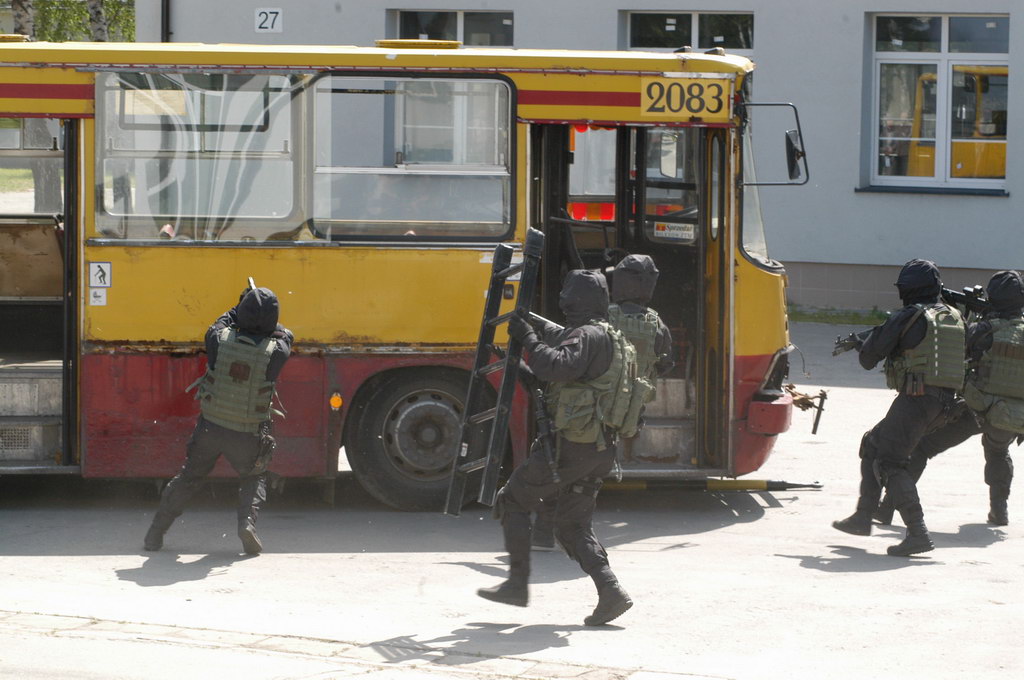
Delta Force escapades with Poland’s elite GROM special operations unit
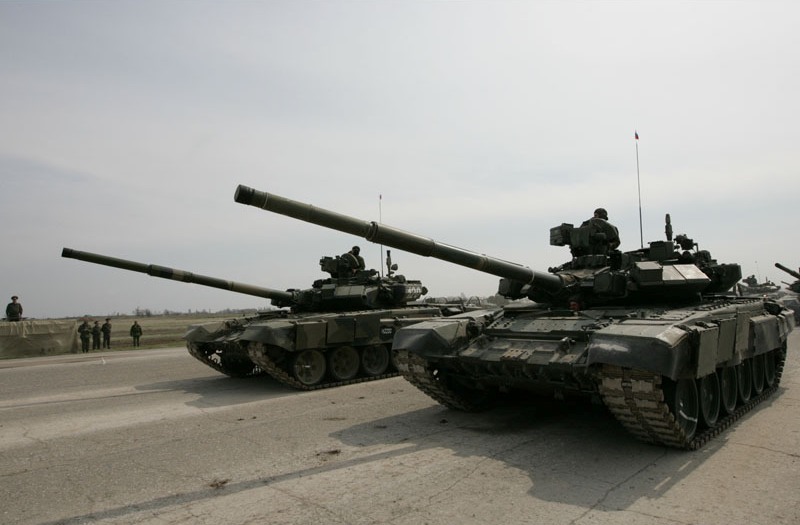
Ukraine is facing serious problems in the east, where Russia’s forces are grinding forward
Sandboxx News
-

‘Sandboxx News’ Trucker Cap
$27.00 Select options This product has multiple variants. The options may be chosen on the product page -

‘AirPower’ Classic Hoodie
$46.00 – $48.00 Select options This product has multiple variants. The options may be chosen on the product page -

‘AirPower’ Golf Rope Hat
$31.00 Select options This product has multiple variants. The options may be chosen on the product page -

‘Sandboxx News’ Dad Hat
$27.00 Select options This product has multiple variants. The options may be chosen on the product page
